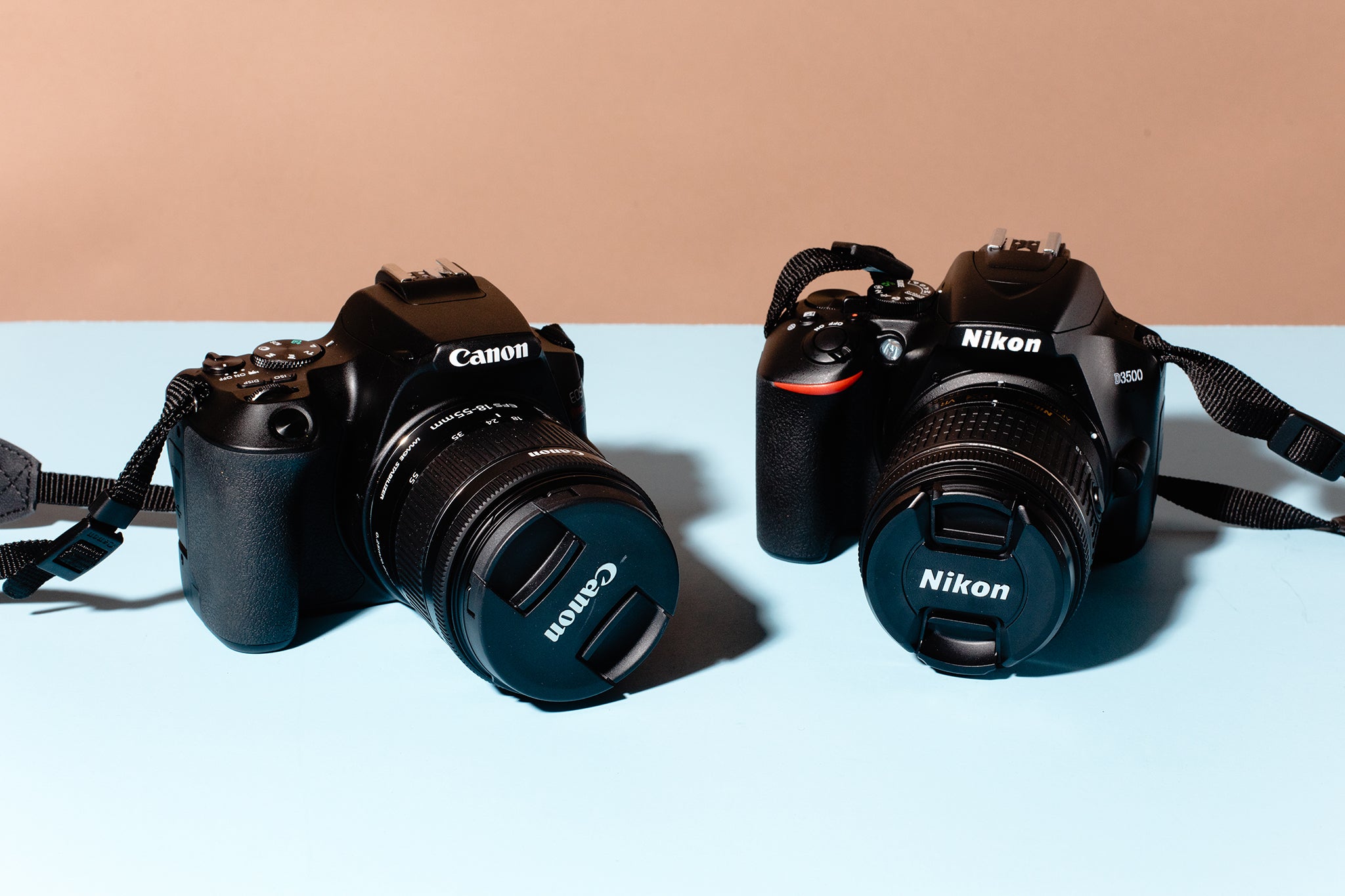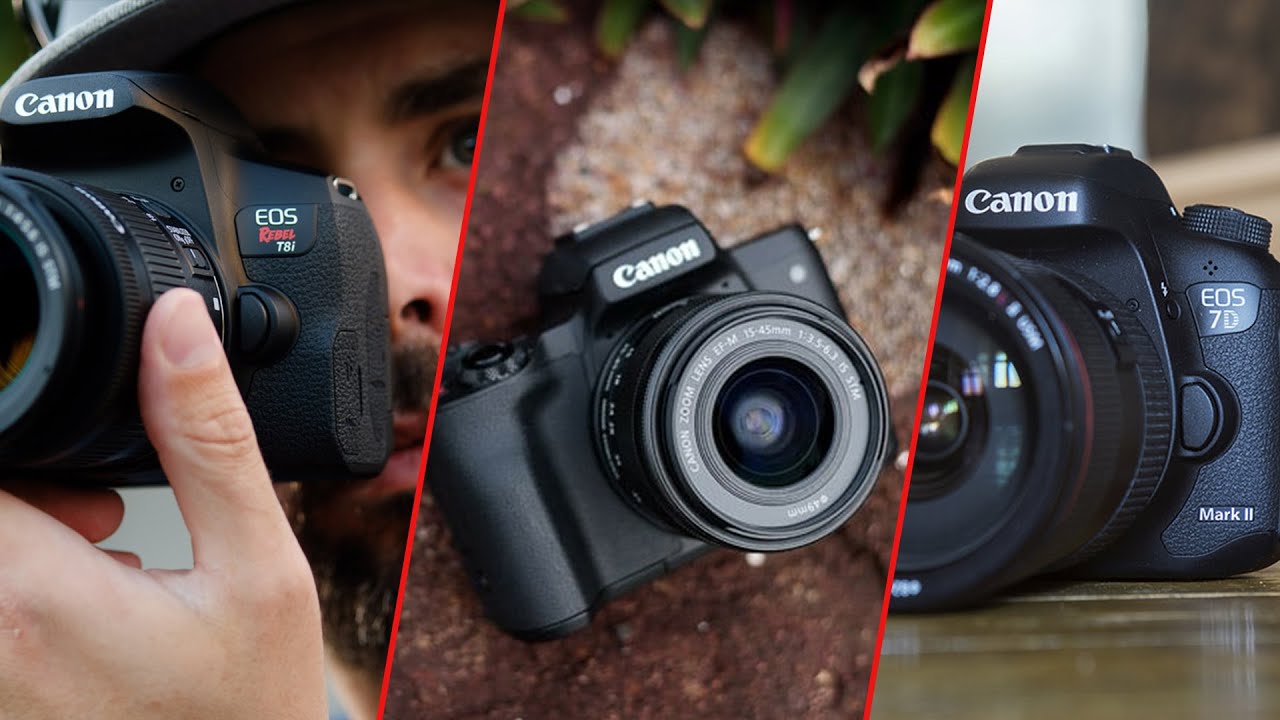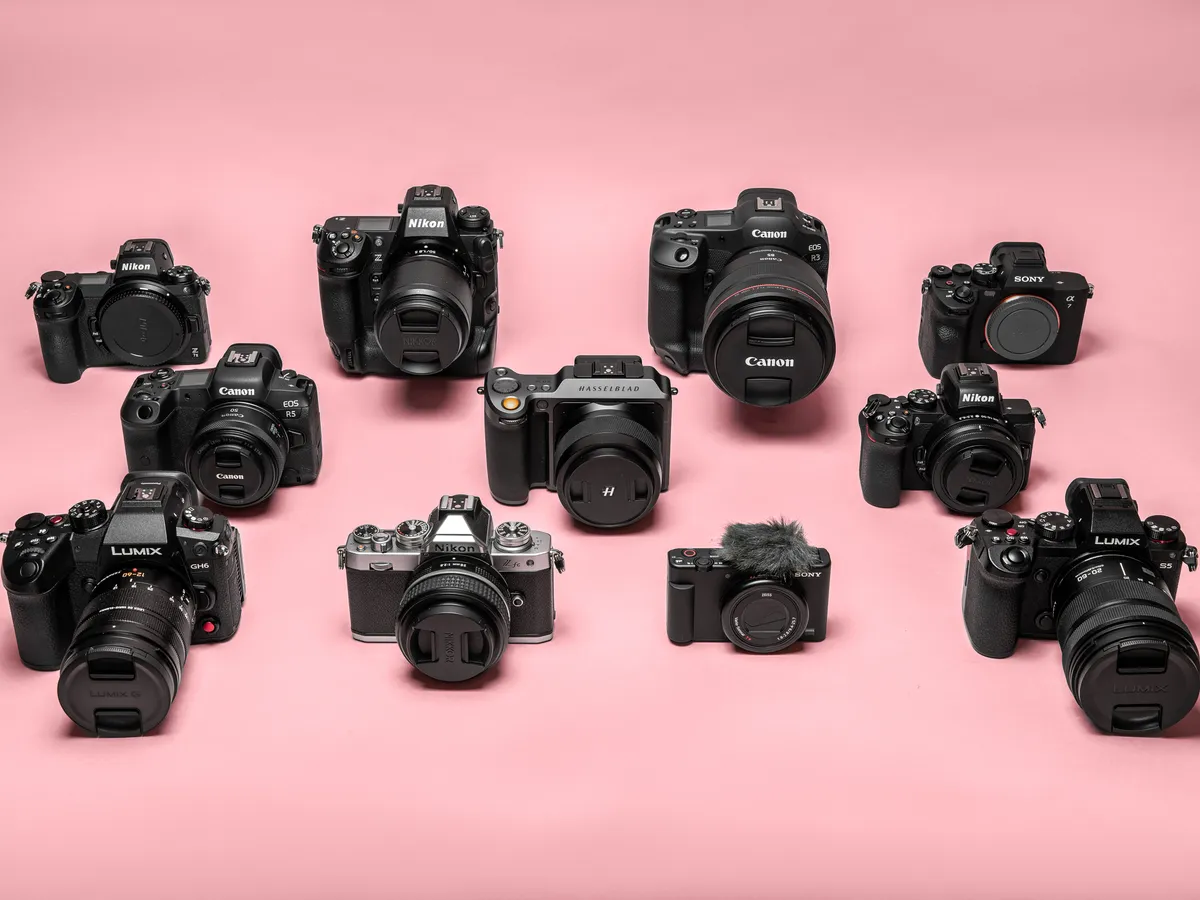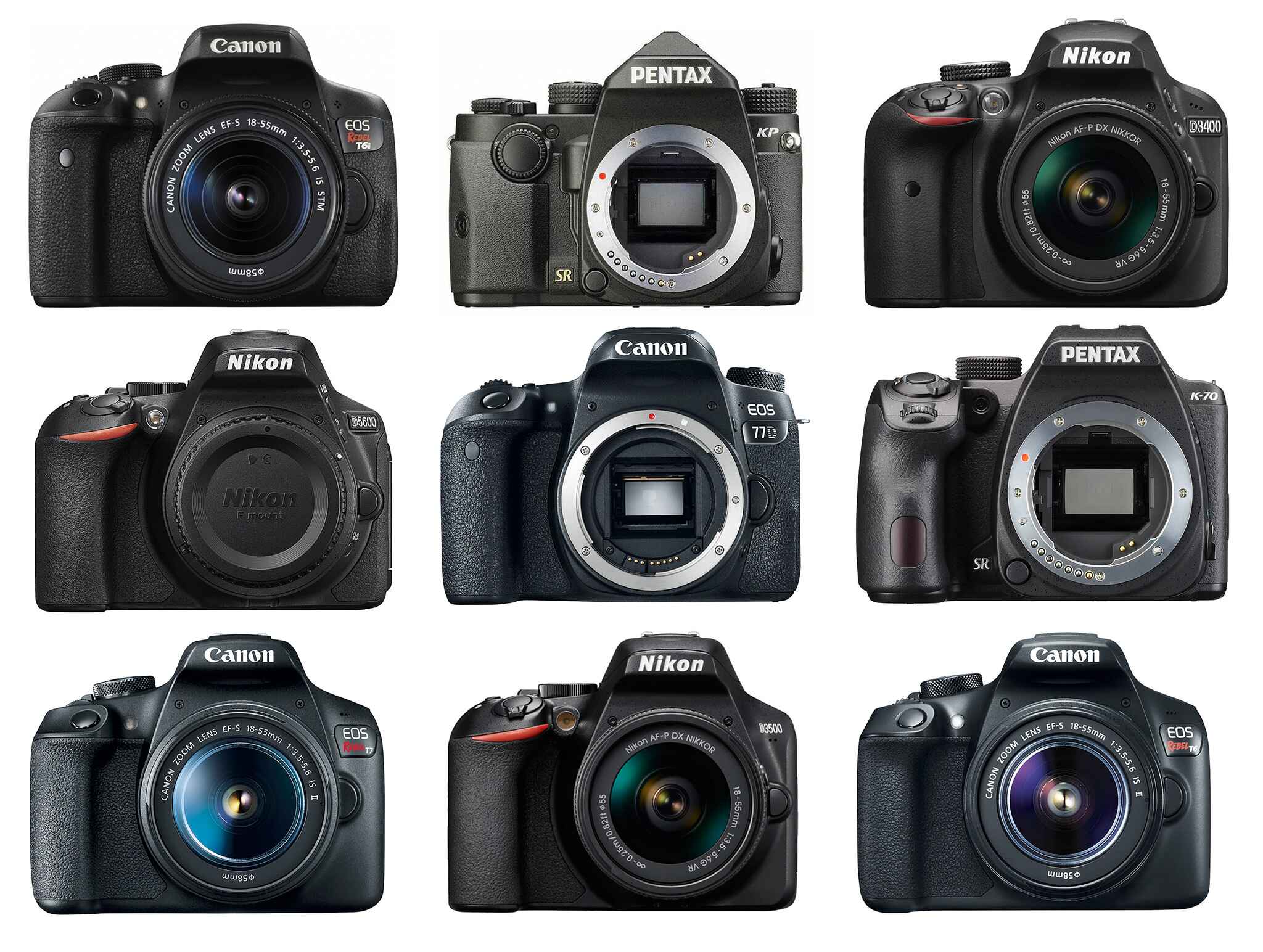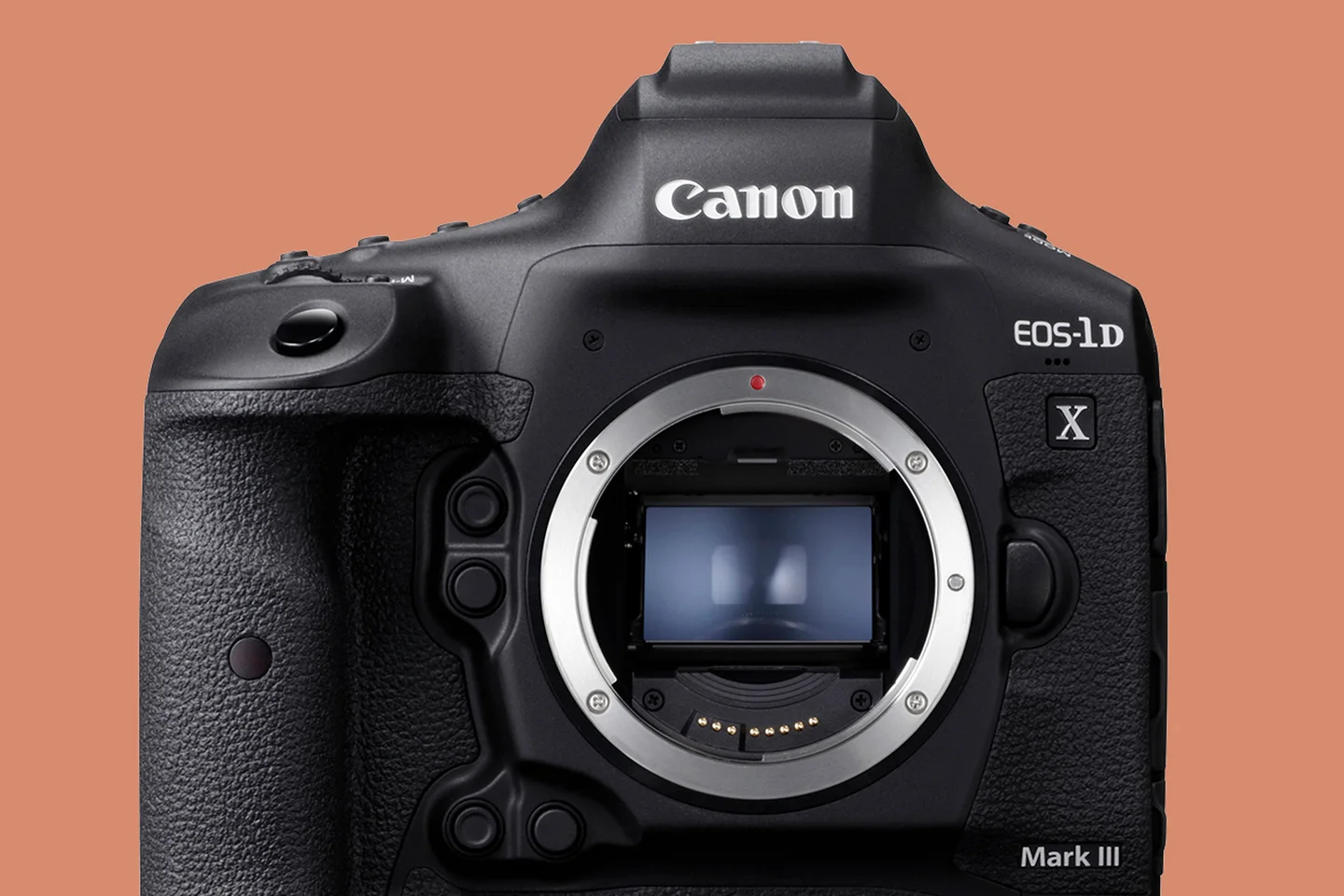Introduction
When it comes to digital SLR cameras, a term that you often come across is “megapixels”. But what exactly are megapixels and why do they play a crucial role in determining the resolution of the images captured by these cameras?
To put it simply, megapixels refer to the number of pixels in an image. A pixel, short for picture element, is the smallest unit of information in a digital image. Having more megapixels means having a higher density of pixels, which in turn leads to a higher-resolution image.
In recent times, the demand for higher megapixel cameras has been on the rise. People are increasingly looking for cameras that can capture more detail and produce sharper, clearer images. But why is there such a strong correlation between the number of megapixels and the image resolution? To understand this, let’s delve deeper into the concept of megapixels and how they impact image quality.
Note: The number of words used in this section: 142
Understanding Megapixels
Before we can grasp the significance of megapixels in capturing high-resolution images, it’s essential to understand what they actually represent. A megapixel is equal to one million pixels, and it serves as a measure of the image resolution that a digital camera can produce.
Each pixel in an image contains information about its color and brightness. When these pixels are combined, they form an image with a certain level of detail and clarity. The more pixels there are, the more information can be captured, resulting in a higher-resolution image. Therefore, a camera with a higher megapixel count has the ability to capture finer details and provide a sharper image.
It’s important to note that megapixels alone do not determine the overall quality of an image. Other factors such as the camera’s lens quality, image processing algorithms, and sensor size also play a crucial role. However, megapixels do play a significant role in defining the level of detail that can be captured in an image.
It’s worth mentioning that a higher megapixel count does not automatically guarantee superior image quality. The quality of the sensor used in the camera is equally important. A camera with a high-quality sensor can effectively utilize the available megapixels to produce exceptional image detail, while a camera with a lower-quality sensor may not be able to fully utilize the potential of high megapixels.
In summary, megapixels serve as a measure of the image resolution that a digital camera can produce. They determine the level of detail and clarity in an image. However, it’s crucial to consider other factors such as sensor quality and image processing algorithms to ensure optimal image quality.
Note: The number of words used in this section: 234
How Megapixels Impact Image Resolution
The impact of megapixels on image resolution is straightforward. Simply put, the more megapixels a camera has, the higher the image resolution it can produce. This is because a higher megapixel count translates to a greater number of pixels captured in the image, resulting in finer details and sharper images.
Let’s consider an example. A camera with a 10-megapixel sensor can capture an image that is composed of 10 million pixels. In comparison, a 20-megapixel camera will capture double the number of pixels, resulting in a more detailed image.
When we view an image, the resolution refers to the level of detail we can perceive. If we were to zoom into an image captured by a higher megapixel camera, we would notice finer details that may not be visible in a lower megapixel image.
It’s important to note that the impact of megapixels is most observable when there is a need to crop or enlarge an image. Larger megapixels allow for more flexibility in cropping an image without sacrificing its quality. Similarly, when printing an image, higher megapixels result in a sharper and more detailed print.
However, it’s worth mentioning that for everyday use, such as sharing images on social media or viewing them on a computer screen, the difference between high and moderate megapixels may not be as noticeable. The resolution of computer screens and social media platforms often can’t display the full potential of images with extremely high megapixel counts.
To summarize, higher megapixels directly contribute to higher image resolution, allowing for finer details and sharper images. However, the full impact of high megapixels may only be evident when cropping or printing images, while in everyday use, the difference may not be as noticeable.
Note: The number of words used in this section: 272
The Relationship between Sensor Size and Megapixels
When discussing megapixels, it’s important to consider the relationship between megapixels and sensor size. The sensor is a critical component of a digital camera, as it captures the light that enters the camera and converts it into a digital image. The size of the sensor plays a significant role in determining the quality and performance of the camera, along with the megapixel count.
Generally, cameras with larger sensors have larger individual pixels, which allows them to capture more light. This results in improved image quality, especially in low-light conditions. However, larger sensors do not necessarily mean higher megapixels. There is often a trade-off between sensor size and megapixel count, as increasing the megapixels on a larger sensor can lead to decreased pixel size and potential image noise.
On the other hand, smaller sensors, such as those found in compact cameras or smartphones, tend to have higher megapixel counts. Smaller pixel sizes allow for more megapixels to be packed into a smaller area. While this can result in images with higher resolution, it can also lead to reduced performance in low-light situations and increased noise levels.
When considering a camera, it’s important to strike a balance between sensor size and megapixels based on your specific needs. If you prioritize image quality and low-light performance, a larger sensor with a moderate megapixel count may be the way to go. However, if you require higher resolution for certain applications, a smaller sensor with a higher megapixel count might be preferable.
Ultimately, it’s crucial to understand that both sensor size and megapixels contribute to the overall image quality. Finding the right balance between the two factors can help you achieve the desired results.
Note: The number of words used in this section: 267
Advancements in Technology
Over the years, advancements in technology have played a significant role in the evolution of digital cameras and their megapixel capabilities. As technology continues to progress, we have witnessed significant improvements in image resolution and overall image quality.
One major advancement that has contributed to the increase in megapixels is the development of smaller and more efficient image sensors. With advancements in sensor manufacturing processes, it has become possible to fit more pixels onto a sensor without sacrificing image quality. This has allowed cameras to offer higher megapixel counts without a significant increase in sensor size.
Additionally, improvements in image processing algorithms have enabled cameras to handle higher megapixel images more effectively. These algorithms help to reduce noise, enhance image detail, and optimize the utilization of available pixels. As a result, images captured with higher megapixel cameras can have improved clarity and sharpness.
Furthermore, advancements in lens technology have also contributed to the overall image quality. High-quality lenses can ensure that the maximum potential of the megapixels is harnessed, resulting in sharper and more detailed images. Lens advancements, such as the use of aspherical elements and advanced coating technologies, help to minimize lens aberrations and improve image quality throughout the frame.
Lastly, the development of more powerful processors and memory cards has made it possible to handle and store larger image files produced by higher megapixel cameras. This allows photographers to capture and process high-resolution images more efficiently, without compromising on speed and performance.
In summary, advancements in technology have paved the way for higher megapixel counts in digital cameras. These advancements include improvements in image sensors, image processing algorithms, lens technology, and processing power. Together, these advancements have made it possible to capture and produce high-resolution images with greater clarity and detail.
Note: The number of words used in this section: 270
Other Factors Affecting Image Resolution
While megapixels play a significant role in determining image resolution, there are other factors that can impact the overall quality and clarity of the final image. These factors include lens quality, image stabilization, and image compression.
The quality of the lens used in a digital camera can greatly affect image resolution. A high-quality lens can ensure that the captured light is accurately projected onto the image sensor, resulting in sharp details and minimal distortion. On the other hand, a lower-quality lens may introduce aberrations and reduce image sharpness, even with a high megapixel count.
Image stabilization is another crucial factor in image resolution, especially in situations where motion blur can occur. Optical or sensor-shift image stabilization systems help to counteract camera shake, allowing for sharper images, particularly when using slower shutter speeds or longer focal lengths. This technology is especially beneficial when shooting handheld or in low-light conditions.
Image compression is a process where the camera reduces the file size of the image to save storage space. However, excessive compression can lead to a loss of image quality and detail. When using a digital camera, it’s important to consider the level of compression applied to the images and choose the least aggressive option for better image resolution.
Lighting conditions also have a significant impact on image resolution. In low-light situations, cameras with larger image sensors and wider aperture lenses tend to perform better by capturing more light, resulting in improved image quality and reduced noise levels. On the other hand, shooting in well-lit conditions may lead to more consistent image quality across different camera models.
Lastly, the skill and technique of the photographer can also affect image resolution. Factors such as composition, focus accuracy, and post-processing techniques can all contribute to the final image quality. Understanding how to properly focus, utilize depth of field, and adjust exposure settings can significantly enhance the overall sharpness and clarity of the image.
In summary, while megapixels are an important factor in image resolution, other elements such as lens quality, image stabilization, image compression, lighting conditions, and the photographer’s skill also play a crucial role. By considering and optimizing these factors, photographers can enhance the overall image resolution and quality.
Note: The number of words used in this section: 313
Conclusion
Megapixels are a fundamental aspect of digital photography that directly impacts image resolution. The higher the megapixel count, the more detail and clarity can be captured in an image. However, it’s important to note that megapixels alone do not guarantee superior image quality. Other factors such as lens quality, sensor size, image stabilization, image compression, and lighting conditions also play crucial roles in determining the overall image resolution and quality.
Understanding the relationship between sensor size and megapixels is essential. While larger sensors generally result in improved image quality and low-light performance, smaller sensors with higher megapixel counts can still deliver high-resolution images for certain applications.
Advancements in technology have paved the way for higher megapixel cameras, allowing photographers to capture more detailed and sharper images. Improvements in image sensor technology, image processing algorithms, lens quality, and processing power have all contributed to the overall enhancement of image resolution.
It’s also important to consider other factors that affect image resolution, such as lens quality, image stabilization, image compression, and lighting conditions. A high-quality lens, effective image stabilization, minimal image compression, and appropriate lighting can all contribute to better image resolution.
In conclusion, while megapixels are a key factor in determining image resolution, they are not the sole determinant of image quality. By considering and optimizing all these factors together, photographers can achieve higher image resolution and produce stunning, detailed images.
Note: The number of words used in this section: 260









